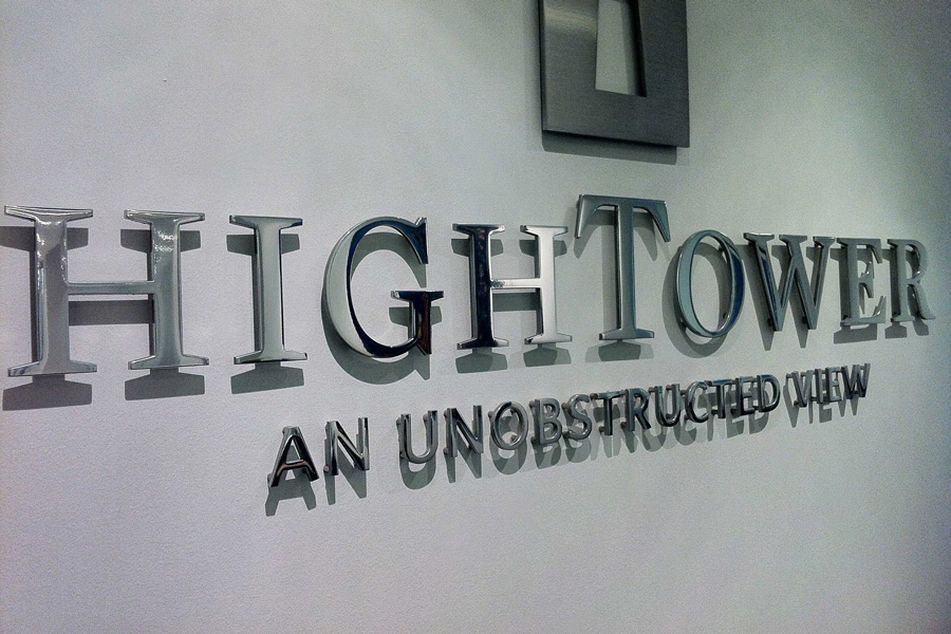Bob Oros of HighTower calls protocol exit ‘form over substance’

The move 'clarifies' where the RIA consolidator is heading, CEO says.
HighTower Advisors put an exclamation point on its move away from recruiting breakaway brokers this week by officially exiting the broker protocol.
“It’s a little bit of form over substance,” said Bob Oros, chief executive of the $50 billion RIA consolidator.
“We want to make sure everything we’re doing and saying is consistent, and being in the protocol left some questions about what business we’re in,” he said. “By removing ourselves from protocol, it clarified what we’ve been saying.”
Mr. Oros, who took over as HighTower’s CEO in January, leads a business that is starkly different from the firm’s start in 2007, when it primarily focused on recruiting wirehouse brokers to operate as partner firms under the HighTower banner.
Under its new business model, HighTower has been buying up those partner firms at a steady clip with financial backing from private-equity investor Thomas H. Lee Partners.
HighTower now owns 80% of partner firm revenues and that percentage will be up to 88% by August, Mr. Oros said. In January 2018, HighTower owned just 23% of those revenues.
“Over the past year and a half, we’ve been going back to teams, and there’s been a high degree of interest in transacting with us,” he said.
“We have a good little growth engine here,” Mr. Oros said, citing a projected 9% annualized organic growth rate based on first-quarter numbers. “And we think there’s room to do a lot more as we invest more in key areas like marketing.”
That point was underscored earlier this month with the addition of three executives from Private Advisor Group, ACG Wealth and Fidelity Brokerage Services.
The protocol for broker recruiting, which was created in 2004, makes it easier for brokers to change firms. The protocol made the headlines in late 2017 when Morgan Stanley and UBS exited the agreement, leading to speculation that the protocol might cease to exist.
Some firms did follow the two big exits, but a mass exodus hasn’t happened.
Recruiter Danny Sarch said HighTower’s exit was a logical, if not redundant, decision.
“I’m not surprised at all, because they’ve gone away from recruiting,” Mr. Sarch said. “If you already own the practices, leaving protocol seems like wearing both a belt and suspenders. I don’t think it does them any good, but I don’t think it does them any harm either.”
Mindy Diamond, president of the recruiting firm Diamond Consultants, agreed that HighTower’s shift away from recruiting made the protocol unnecessary.
“They have pivoted on strategy and are no longer in the wirehouse recruitment game,” she said. “If they’re not recruiting out of traditional brokerage firms and focusing solely on acquisition of established RIA firms, then they really don’t need to be in protocol. And pulling out of it allows them to protect their investments in those advisers currently associated with them.”
Learn more about reprints and licensing for this article.








